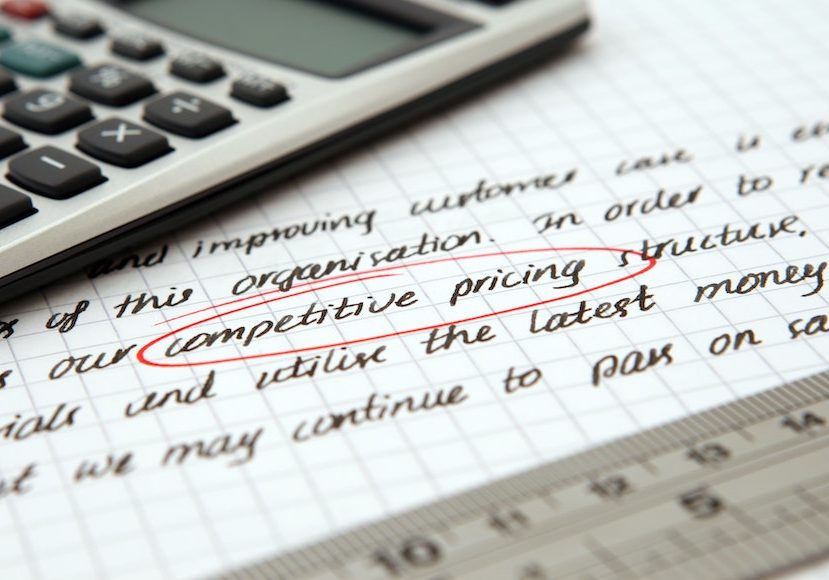
Photography Pricing: How Much Should Photographers Charge
Delve into the intricacies of photography pricing, providing insights and guidance on determining the optimal charges for your photography services.
Business Guides | Learn | By India Mantle
This guide to photography pricing will show you how much you should charge your clients if you want to make a fair living out of this business.
While photography is a beautiful art form, it has to also be financially rewarding if you want to pursue a career in it.
For that reason, if you’re a professional photographer, you might be wondering about setting your rates and how much you should charge for your services, and that’s where this article comes in handy!
This comprehensive guide will walk you through everything you need to know about photography pricing, factors to consider, and different pricing strategies you may adopt.
You may not be aiming for the highest-paying photography jobs, but at least you’ll know you’re being compensated appropriately.
Let’s dive right in!
Table of Contents
How Much Do Professional Photographers Earn?

Unlike many jobs that have a clear average salary and can be estimated easily, photography is a unique job with a fairly wide range of earning potential.
The U.S. Bureau of Labor Statistics estimates the median pay of full-time photographers to range anywhere between $19.31 per hour or $40,170 per year.
However, this average is stretched thin over various types of photographers, including those hired by businesses and companies.
In other words, it’s not a real reflection of how much professional or freelance photographers actually earn.
This is mainly because there are a ton of factors that play significant roles in putting a rough estimate of how much you should earn as a photographer.
Ideally, the experience/skill level and type of photography are the two main factors that determine a photographer’s rate. Here’s a quick look at those rates at different levels:
Photographer Rates Depending on Experience Level
As a general rule, the rate of a photographer is a reflection of their level of experience in the field.
This is because experienced photographers typically have a proven track of delivering higher quality photographs and a deep understanding of their principles and techniques.
Additionally, it’s common for a Pro-level photographer to couple their professional experience with expensive equipment and software, so they need to charge a higher markup to make up for their spending.
Beginner/Amateur Photographer Rates
When you’re just starting with your craft, the best way to go is to focus on gaining experience, building a reputation, and landing potential clients.
For that reason, it’s typical for beginner photographers to charge lower rates for their services to offer a competitive edge and gradually raise their prices as they build a decent portfolio.
Ideally, most beginner photographers would typically charge anywhere between $50 and $100 per hour, depending on their region rates and level of skill.
Professional Photographer Rates
As previously mentioned, most experienced photographers will charge higher than beginner and amateur photographers.
This is because professional-level photographers are able to work more efficiently and produce a full range of services for their clients.
As a general role, professional photographers will charge anywhere between $100 to $500 per hour. This typically depends on local rates, expertise, and the level of their photography gear.
In some cases, elite professional photographers can make even more than $500 per hour.
It goes without saying that those are the top 1% of photographers who combine their unmatched skills and experience with using the latest photography tools the market has to offer.
Freelance Photographer Rates
Freelance photographers are in a realm of their own, as they can range in experience from a beginner photographer to a highly experienced one.
While they vary significantly, the common factor among freelancers is that they’re fully independent and technically running their own businesses, whether they have a studio or not.
Freelance photographers can charge per photo, per hour, or per package. However, their charging rates are mainly dependent on their experience.
For that reason, freelance photography rates can go as little as $50 to $500+ per hour, depending on other business factors.
Photographer Rates Depending on Photography Type
Photographers may choose to specialize in a particular type of photography for a variety of reasons.
Some might find better business opportunities by specializing in a specific type of photography service, especially if they have a passion for it.
Of course, the rules of experience apply here as well, which is why these types also exist on a wide payment range. Here’s a quick look at some of the most common types and how much they typically charge:
Portrait and Family Photo Photography
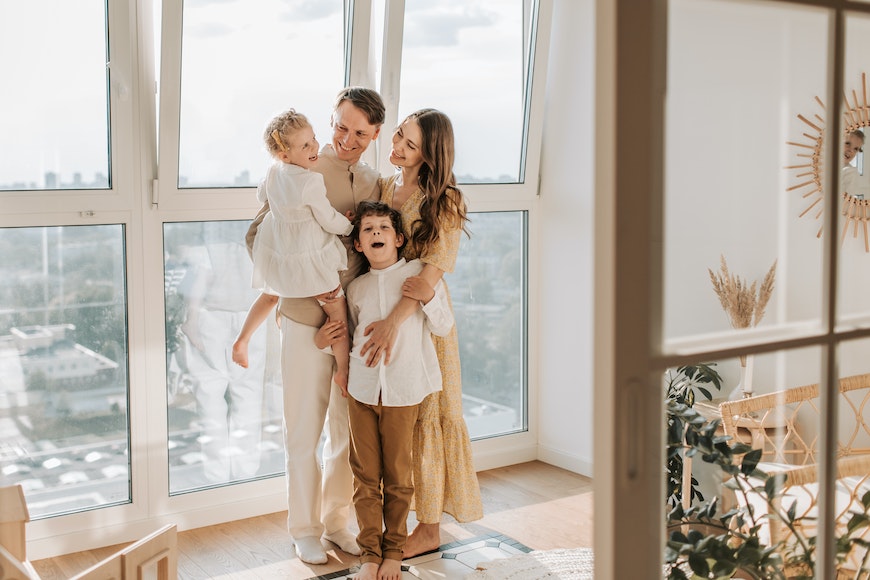
Credit: Vlada Karpovich
Portrait sessions are among the most popular forms of photography. In fact, portrait photography can take a wide range of forms.
For instance, you can focus on individual photo sessions and family portraits or go for larger package deals, such as corporate and school packages.
A typical portrait photoshoot typically costs around $250 to $1,500. However, you can also charge an hourly rate (if it’s more suitable), which ranges between $150 to $350 per hour.
Commercial Photography

Credit: Ivan
Commercial photography is a unique type of photography, as there are unique factors that affect your pricing plan.
Ideally, commercial photography sessions take longer to finish, with plenty of preparations and breaks in between.
It can also take various forms, depending on the subject of photography, such as product photography, food photography, etc.
For that reason, commercial photographers typically charge a day rate rather than an hourly rate.
This rate varies depending on the complexity of the project and the company’s budget among other factors.
For example, this day rate can range anywhere from $800 to $5,000 or even higher. Some commercial shoots take several days to complete, so you can make a lot more.
Besides day rates, commercial photography may also include other aspects like licensing fees if the photos will remain your intellectual property, which ranges between $250 to $10,000 or even more.
Event Photography

Credit: Rdne Stock Project
Like commercial photography, event photography can take a variety of forms, and each one of them can have its unique requirements, which affects its pricing strategy.
Event photographers typically factor in type-related aspects like the size of the event while pricing their services. You also need to consider the equipment you use while estimating a price.
For example, you’ll typically need special lighting and equipment to provide a fulfilling photography experience for some events, so you have to keep them in mind.
To make sure that you don’t get carried away or overwhelmed by the size of the event, you should charge here by the hour rather than by session.
For example, for events like corporate events and graduation projects, you should charge $150 to $500 per hour.
You might also need to set a duration minimum. For example, a 2-hour minimum. This is to guarantee that you get paid fairly if the event is cut short since you won’t be able to take other jobs for the day.
Wedding Photography
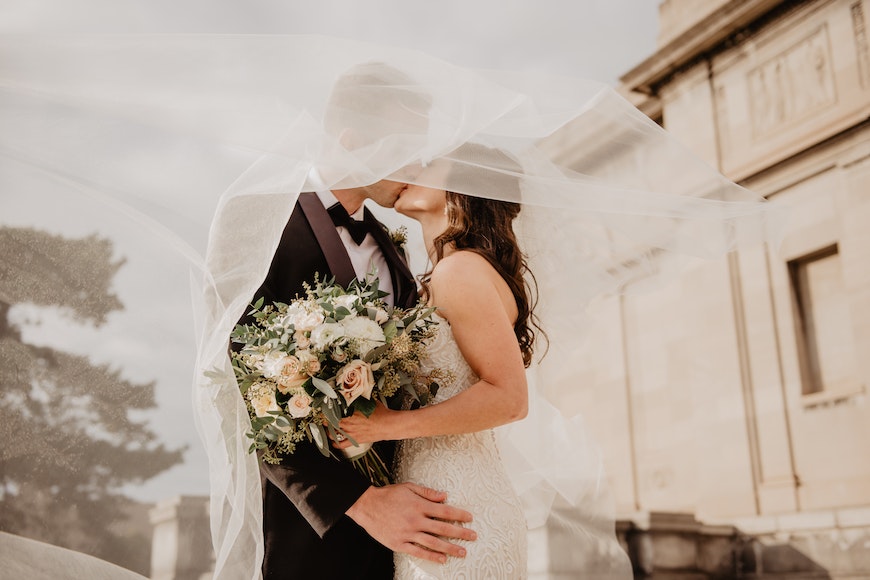
Credit: Emma Bauso
Although wedding days are technically considered events, this genre is so popular and priced differently that it has its own pricing strategies.
Unlike regular events, weddings are more carefully planned, and you’ll need to stay for as long as it goes. For that reason, wedding photographers typically charge either hourly or by the package.
The average wedding photography package typically costs around $1,000 to $2,000, with hourly rates ranging between $100 to $250.
However, setting up fair prices for these packages might depend on several additional factors, such as:
- The length of the event (including setting a duration minimum, usually between 4 to 6 hours)
- The number of attendees and whether you’ll need extra photographers to cover them
- The number of photos you’ll need to take (you might agree on unlimited coverage)
- Whether you’ll need to provide post-production and photo editing services
You should also factor in additional expenses like travel costs and whether you need to pay special fees for travel.
- See also: How much do wedding photographers earn?
Real Estate Photography
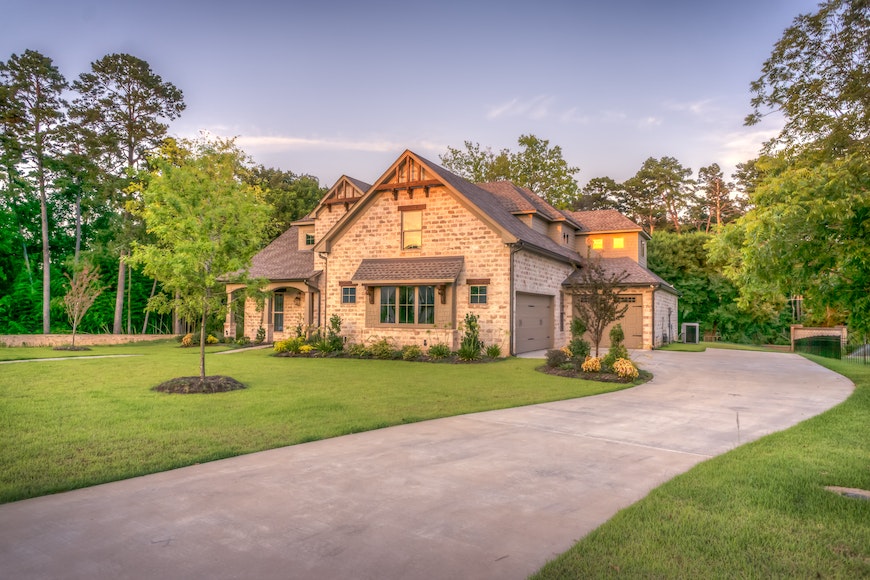
Credit: Pixabay
In real estate photography, charging an hourly rate is a good way to adjust for relatively larger listings or ones that require extra/complex photographs or post-processing.
Unlike other forms of photography, real estate photography work is short but abundant. In most cases, you should charge around $50 to $100 per hour or $150 to $1,500 per listing, depending on what works best for you.
Sports Photography

Credit: Football Wife
Freelance sports photography typically goes by the session rather than hourly, as most sporting events have clear-cut schedules.
This type of photography requires high-end equipment and special skills, so you’d typically charge $150 to $350 per session.
That being said, making it into this career requires a certain level of experience and networking, and you typically have to give up any licensing rights to the images.
What Are the Different Ways to Earn Money from Photography?
While photo sessions are the primary way to earn a living from photography, you should keep in mind that it isn’t the only way.
Many photographers can expand their earning potential by venturing into photography-related side gigs.
If you want to diversify your income sources, here are some of the popular methods to earn some extra money with photography, besides conventional and commercial photoshoots:
- Renting your photography equipment
- Giving photography classes, lessons, and workshops
- Writing photography blogs or photobooks
- Entering photo contests and competitions
- Sell photos to stock photo websites
You should typically use them as a secondary source of income while keeping photoshoots as your primary income source unless their profits consistently overshadow your photography income
Of course, each one of these methods has its unique profit margins and pricing strategies, but for the sake of this guide, we’ll mainly focus on photo session pricing models.
What Is the Best Way to Set a Pricing Model for Photography?
The best way to set a pricing model for photography depends on a number of factors, including your experience, location, the type of photography you specialize in, and your target market.
However, regardless of your situation, you should factor in the following aspects while pricing your services:
- The time you spend working on a project
- The amount of effort you put into the project, whether it’s during or after shooting
- Any expenses that you spend in the process
- Your living costs, including aspects like rent, utilities, insurance, etc.
- Your market value, estimated from your experience level, skill, as well as demand and supply in your niche
To cover the previous points and still make enough profit to support yourself, you’ll need to follow a cost-plus pricing model, which is calculated by adding your expected profit margin to all your total costs.
The advantage of this model is flexibility. For instance, you’ll be able to adjust your profit margins based on your market value as you gain more experience.
How to Set a Proper Photoshoot Pricing Model
Setting an average cost for your services can be a bit challenging, but it typically follows the previously mentioned cost-plus model. Here’s a step-by-step guide that shows you how to apply that to your photography pricing.
1. Understand Your Target Market
Regardless of the type of photography you want to work in, you’ll need to take some time to understand your niche.
The best way to understand your target market is by studying your market demographics, interests, income level, and what they’re expecting when they’re looking for a photographer.
Once you have a good understanding of your target market, you can tailor your marketing and pricing strategies accordingly.
For example, if you’re targeting young families, you might want to offer discounted package pricing that includes family portraits and weddings.
On the other hand, if you’re targeting corporate clients, you might want to offer headshots and event photography packages.
Unless you know exactly what you want to do as a photographer, trying out different approaches and experimenting with target markets will help you find your optimal speciality.
2. Study the Average Photoshoot Costs in Your Region
There are a number of ways to conduct market research, but since you’re just starting, you should typically opt for free and accessible ones.
The easiest way to get an idea of how much you should charge for your services is to check search engines online for photographers in your area.
Of course, the more specific your search, the better and more accurate your results are going to be.
Keep in mind that some photographers won’t publicly disclose their detailed pricing plans, so you might need to contact them through email as a customer for further information.
Besides Google searches, you should also check social media and Yelp for photographers in your region. Gathering more information will help you form an idea about the reasonable starting price.
Another source of valuable information, especially for full-time photography jobs, is online job boards and recruiting websites like Glassdoor, Indeed, and Payscale.
3. Offer a Competitive Edge
According to a recent report by IBIS World, the photography industry revenue is expected to grow by 1.3% over the next half-decade.
This means that there’s still room for growth, but the competition has also become quite fierce, especially with smartphone photography establishing itself as a viable alternative to amateur photography.
For that reason, you should keep your business competitive to have an edge over other photographers offering similar services.
Of course, the easiest way to do this is by lowering your prices. However, slashing the prices isn’t a viable solution in the long run, especially if you’re already nearing your minimum profit margin to break even.
Instead, you should venture into unique methods to have an advantage against the competition, such as:
- Offering a relatively low photo editing fee
- Introducing a photography type that isn’t available in your region
- Introducing new techniques to the niche, such as special photography modes, lighting features, etc.
- Speeding up your editing time and delivery ETAs
- Using higher quality equipment whenever possible
- Offering discounted deals on larger packages or long-term customers for a more sustainable long-term income
4. Factor In Your Experience and Skill Level
Up till this point, you have a variety of information about your local market and what other photographers are charging for services.
However, the previous steps didn’t account for the gap in experience and market value between different photographers.
For example, while an entry-level photographer charges around $50 and $100 per hour in a region, an established photographer with 5 to 10 years of experience can charge up to $500 per hour in the same region.
That’s another point where gathering plenty of information in the previous steps pays off, as you’ll also have an idea about starting prices as well as the potential for growth in your area.
Of course, for a beginner trying to break it into your local market, you should typically keep your prices at the lower end for a while.
This gives you more exposure to various potential clients and speeds up your portfolio-building process, allowing you to raise your rates later on.
5. Determine Your Expenses
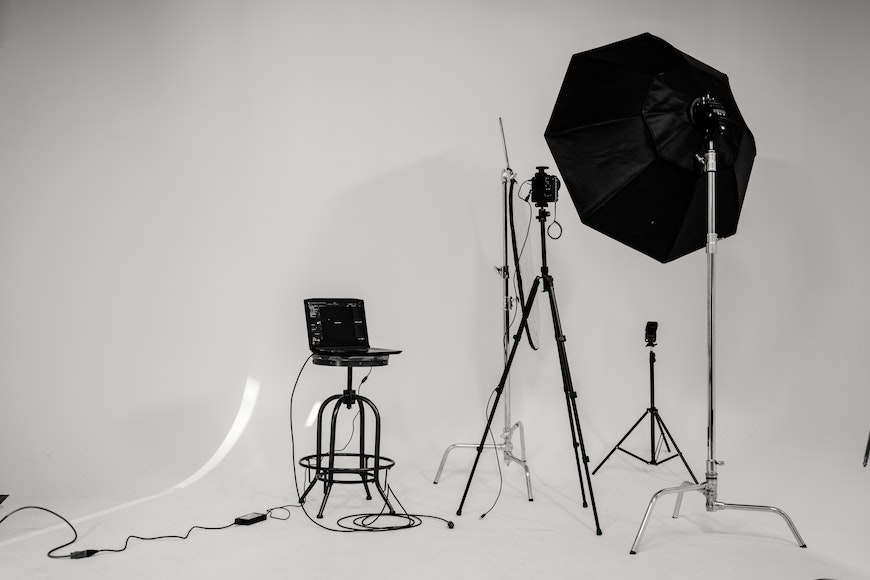
Credit: Brett Sayles
Figuring out your expenses is another critical part of your pricing strategy. Of course, your expenses can vary significantly depending on your type of photography, but they usually include the following:
Materials Costs
Not all photographers need to worry about the cost of materials, as not all photographers do photography prints and photo books.
However, for those who offer these kinds of services, and any other materials that require purchases of physical materials, you should include these costs in your final product.
This also includes any associated elements to processing these materials, including any printing, shipping, packaging, etc.
Operating and Overhead Costs (Both Fixed and Variable)
These costs include all the equipment and tools needed to perform your job. Of course, the camera and lens you’re using will typically make up the majority of these expenses.
However, you shouldn’t forget about other overhead costs associated with your photography business, such as
- Equipment: Cameras, lenses, lighting equipment, computers, software, etc.
- Studio: Rent, utilities, and labor
- Insurance: Professional liability insurance, business property insurance
- Accounting and legal fees: Taxes, business licensing fees, etc.
Of course, you don’t have to start in a studio or opt for photographer insurance right away, so you should only include the expenses that you have to pay.
Besides fixed costs, you’ll also need to factor in the variable costs associated with your niche.
For example, a wedding photographer will likely have higher overhead costs than a portrait photographer simply because they need more equipment and may have to travel more often.
Living Costs
Lastly, you need to include your average living costs to make sure that you can cover it with photography. This includes rent, utility, grocery, savings, etc.
6. Include a Value for Your Labor and Time
When setting your photography pricing plan, you should include a value for your time and effort by considering all of the factors that go into providing your service.
This includes any training, education, experience, or skills that add to your market value. A good way to ensure that your time is accounted for is to have an hourly rate and a duration minimum for projects.
7. Add a Reasonable Profit Margin
Now that you have an idea about your total costs and expenses, you should add the profit margin that suits your requirements.
Comparing your costs with your market research will give you a decent margin, which typically ranges between 20% to 50%, depending on your speciality, expertise, demand, and competition.
Like other aspects, it’s best to stick to the lower margins when you’re first starting in exchange for exposure, experience, and building a portfolio.
How to Test Your Photography Pricing Model
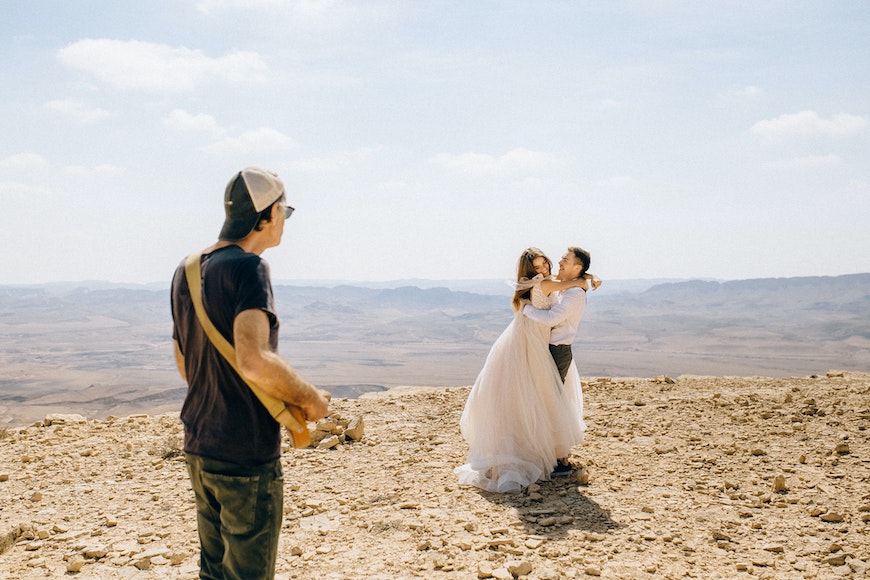
Credit: Natalia Vaitkevich
Once you have set your photography pricing model, it is critical that you test it to see how it performs in the market. Here are a few tips:
- Track your bookings rate before and after implementing the new pricing strategy
- Post a pricing list on your website/service page, and check your booking rate.
- Get feedback from your clients directly by asking them to rate your prices and whether they’d recommend you to others based on those aspects
- Offer a money-back guarantee. This will reduce the risk for your clients and encourage them to try your services and packages
Even if your pricing plan is working well, you should revise your plan regularly and run separate pricing experiments through promotions and package offers.
This will give you a better insight into your local market, which will help you figure out when to raise your prices as your experience and portfolio grows.
As the Content Manager of Shotkit, India Mantle brings with her a lifelong love for photography that she developed during her childhood, watching her father document their family moments with his Nikon EM. In her free time, you find her enjoying the awe-inspiring natural beauty of her home, Northern Rivers, Australia.














